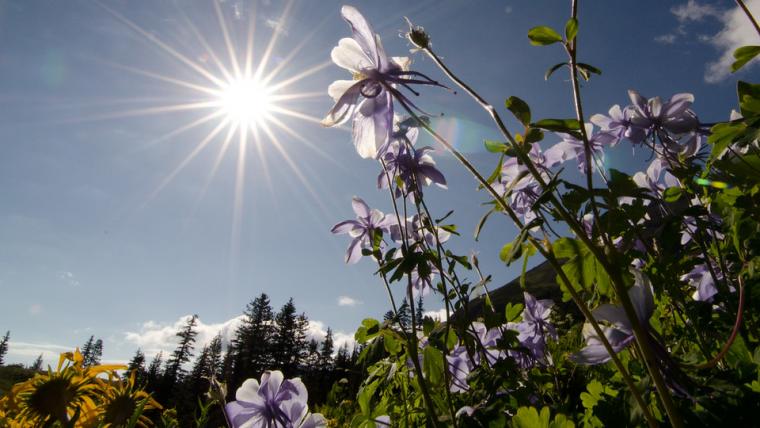
Linking phenology data from the past and present

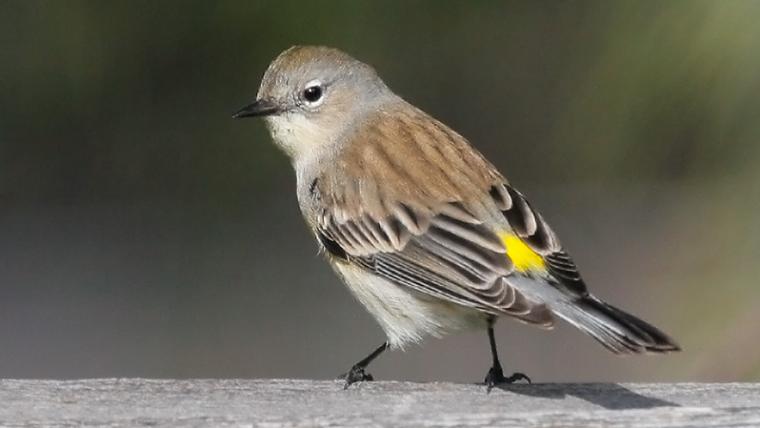
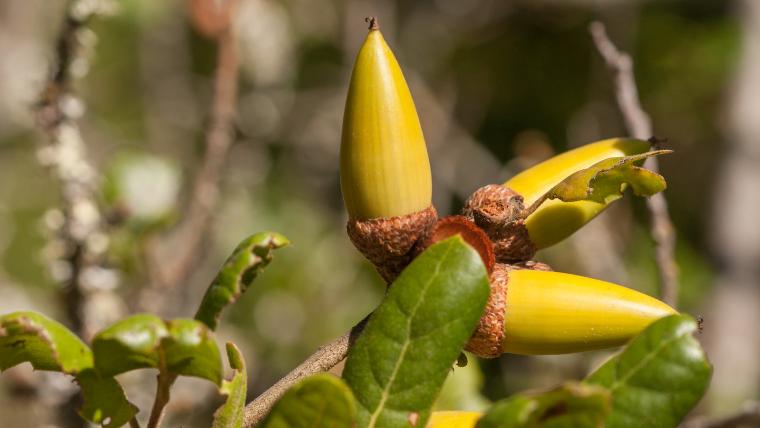

As of April 24, 2017, the National Phenology Database has reached 10 million records! Each record is a response to a question about phenology activity for a particular plant or animal species on a unique day and time, by a unique observer.
Read more about this milestone in this story in UA News.
Find out what 10 million records means:


March 20th is the Spring Equinox, which marks the official start of spring on your calendar. In 2017, the biological start of spring occurred much earlier than average in a large part of the Great Basin, Great Plains, Midwest, and mid-Atlantic. Spring also arrived 2-3 weeks early across much of the South, although it typically has arrived by March 20th and therefore is represented as "average conditions" on this map. In the Great Basin and central Great Plains, spring arrived even earlier than 2012, a recent year with a very early start to spring.
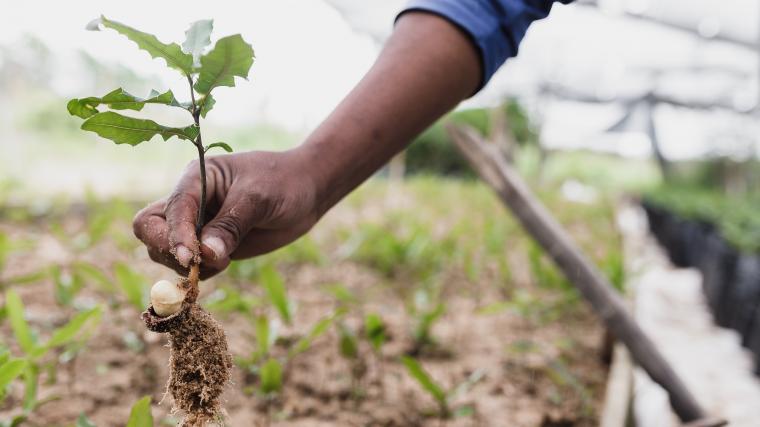
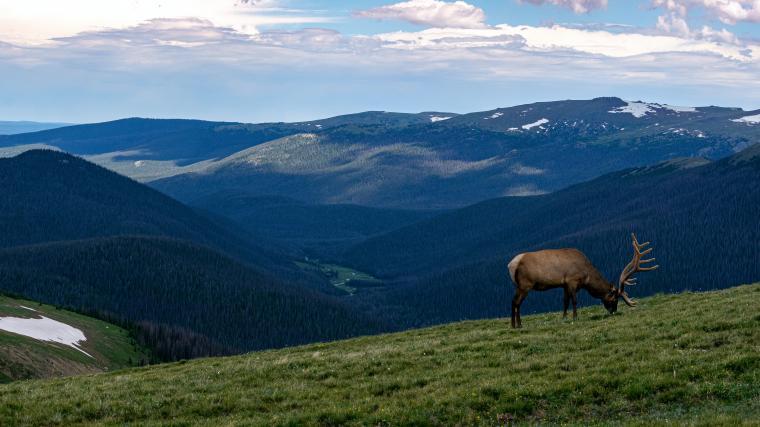

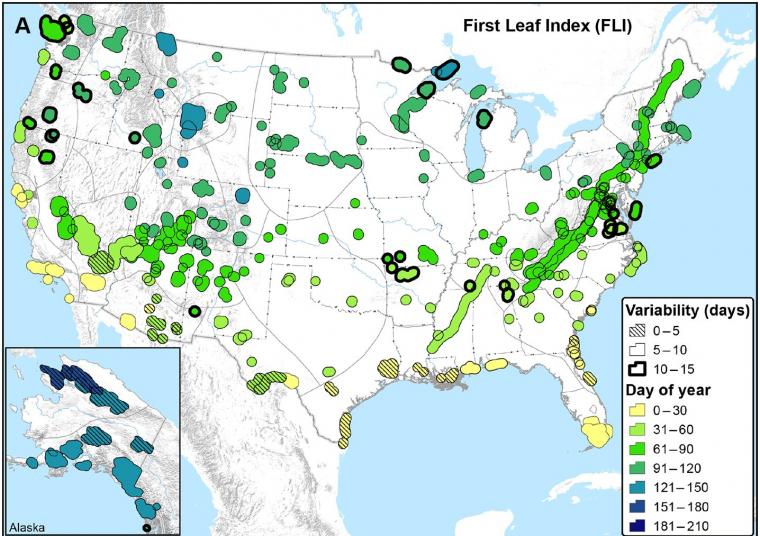
The USA-NPN is part of a new study published in Ecosphere that shows spring is advancing in 75% of 276 National Parks studied. This shift is "extreme" in half of the Parks.